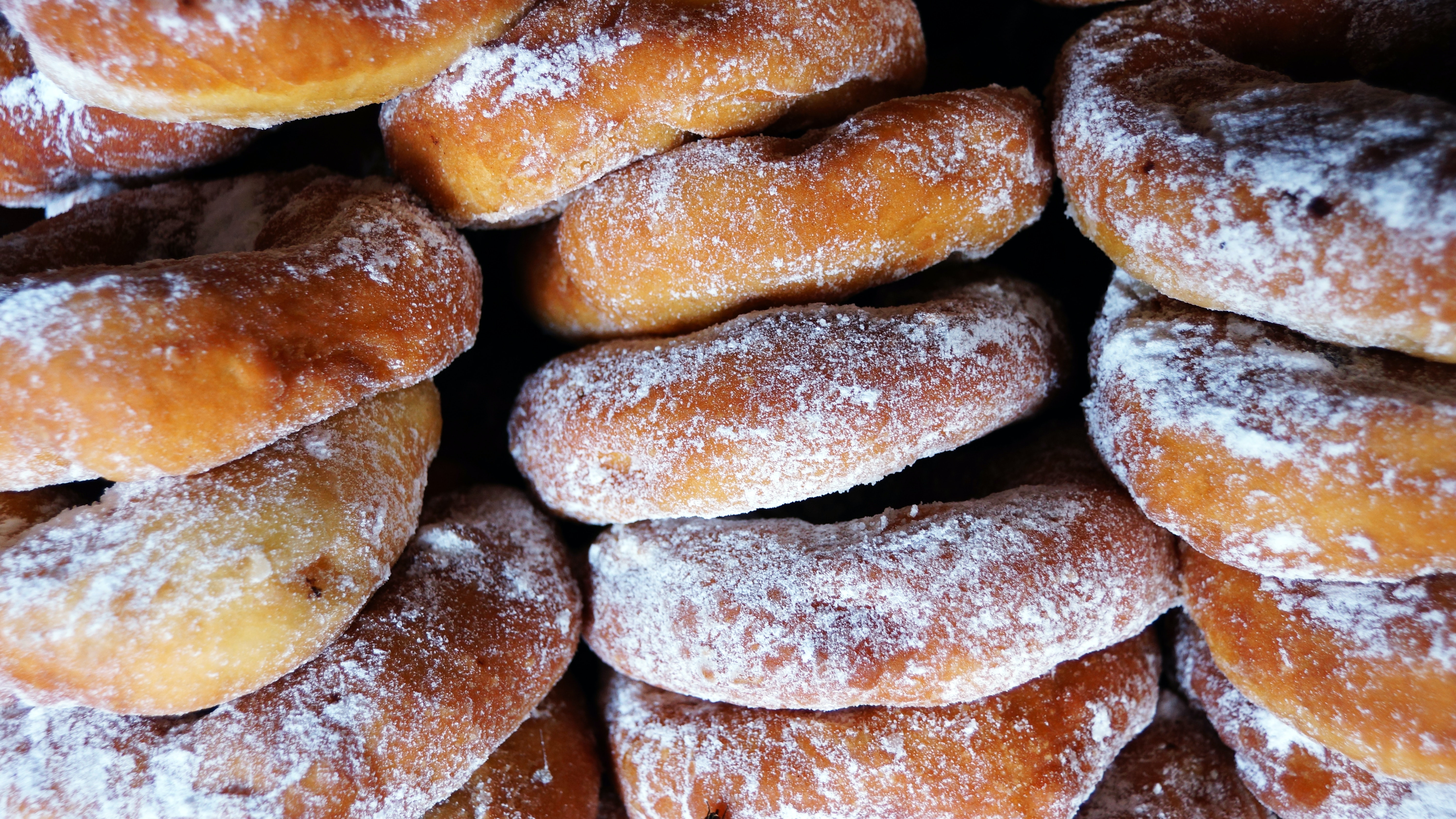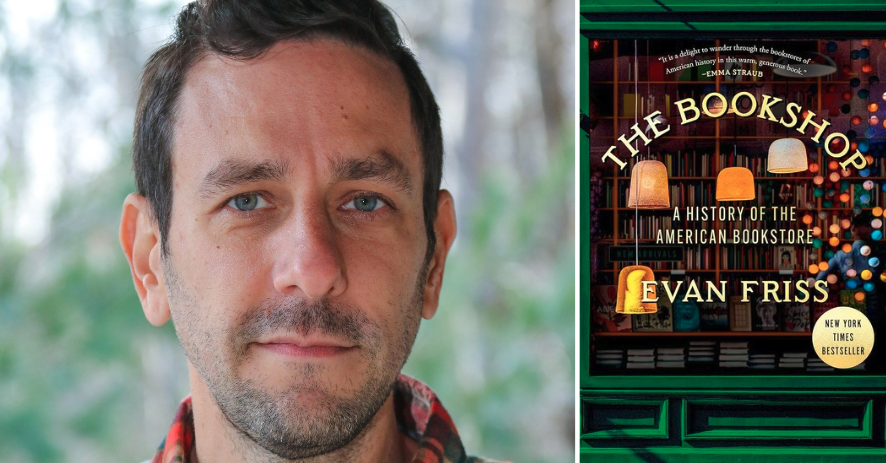1.
Early on in Gabrielle Hamilton’s memoir, Blood, Bones, and Butter she describes her work as a cook at a summer camp. The meals she prepared there were suited to the palate of picky, allergy-prone children: buttered noodles, innocuous vegetables, gallons upon gallons of milk. But one camper impresses Hamilton by appearing at the kitchen window with unexpected requests for items like balsamic vinegar and fresh Parmesan. “Oh, little Emma!” she writes. “…I could’ve kissed her every morning for appreciating the food and even daring to make make it a little more ‘adult’ at every meal.”
 When Parent’s Visiting Day arrives, Hamilton meets Emma’s father.
When Parent’s Visiting Day arrives, Hamilton meets Emma’s father.
“I’m Mark. Mark Bittman,” he says by way of casual introduction.
Because my own father was not a cookbook author, or New York Times columnist, but rather a bewildered, suddenly single father, I didn’t appreciate balsamic vinegar or even vegetables as a child. Thrust unwittingly into parenthood following my mother’s death, the meals my father prepared for me were his best bachelor staples. There was tuna straight from the can, no mayo, with a pickle on the side. This was called “The Daddy Special” and was my favorite. There was corned beef hash fried with an egg, which my father explained they’d eaten while he was in Vietnam and was thusly christened, “Vietnam Breakfast”. And there was, much to the consternation of my Montessori school teachers, lunches packed with a delicacy called “The Mustard Sandwich”. This was white bread, slathered with yellow mustard, the crusts neatly eliminated.
My father presented these meals with flourish, and because nearly every thing we ate had a story and a reason, I never felt deprived of variety, or flavor, or nutrients. He seemed to me the greatest chef in all the world and food had a kind of magical quality to it. It filled me up just right. In this way, like most of us do, I came to understand the act of preparing and consuming meals as a way of expressing love. These sad but perfect little dinners formed the basis of how I would understand and relate to food.
 2.
2.
This idea of the “magical” quality of food is at work as well in Aimee Bender’s stunning novel, The Particular Sadness of Lemon Cake, out in paperback this week. Focusing on the unique gift of a young girl to taste and feel the emotions of those who have prepared meals for her, Bender creates a heartbreaking scenario. What if the very thing that is meant to nourish you also fills you with the unwanted knowledge of the secrets, longings, and most hidden desires of all who have come into contact with your food? It is almost too much for Rose Edelstein, the young heroine of the novel, who discovers her gift while eating a piece of lemon chocolate cake baked by her mother. She tries to sort out what exactly it is she is feeling, “None of it was a bad taste, so much, but there was a kind of lack of wholeness that made it taste hollow, like the lemon and chocolate were surrounding a hollowness…in each bite: absence, hunger, spiraling hollows.”
In Blood, Bones, and Butter, just as in The Particular Sadness of Lemon Cake, food takes on a kind of shamanistic quality. The import of food, its ability to nourish or harm, is no less bound up in superstition and belief in Hamilton’s memoir than it is in Bender’s novel. Both women explore the ways in which food affects us on an emotional level. When a 12-year-old Hamilton’s family disintegrates and both parents decamp for whereabouts largely unknown, the teenager is left to fend for herself. After being raised for so many years at the whim of her French mother’s oily wooden spoon and sitting for dinners of marrow and rabbit and pigeon pie, suddenly she must make do with the remnants left behind in the pantry – sardines on stale Triscuits and parsley picked from the unattended garden. It is within the context of this abandonment that Hamilton fibs her way into her first restaurant job, learning not only to provide for herself, but also beginning a career that will eventually see her become the incredibly successful chef/owner of the East Village restaurant, Prune.
Bender’s Rose Edelstein must make different concessions towards food. Barely able to handle the stunning complexity of a sandwich made by a young woman desperate for love, or soup prepared by an angry, spiteful chef, or even baked chicken served by her searching and aching mother, Rose finds respite in factory produced foods. In these she can taste the flatness of the untouched ingredients, the particular tang of the chemicals, but she cannot taste heartache, yearning, or fear, and in that she finds solace. In junior high, a security officer finds her perched on her knees in front of the vending machine.
I thought I liked Oreos, he chuckled. I love them, I told him solemnly, gripping the bag…I did not know how I would get through the day without that machine at school; I prayed those thank yous to it, and whoever stocked it, and whoever had brought it, every night.
3.
This kind of intense emotional attachment to food is not really so different from my own experiences. When my father died, I stubbornly refused to eat. There were platters of cheese, endless lasagnas, stacks of pies covered in tin foil. My family foisted treats upon me, begging me to eat, and I stubbornly denied them. My stomach churned angrily with its own acids and I soon found I wasn’t actually hungry after all. It made me powerful, this ability to resist nourishment, to feel uncomfortable and light-headed. It was selfish, I realize now, and when I finally ate a piece of apple pie, my grandmother nearly cried with relief.
Later in life, at the tail end of a prolonged, inevitable breakup, I found I actually had lost the ability to eat. Once, as things were coming to an end, my then-boyfriend and I had had to transfer his father’s ashes into a large Ziploc freezer bag to send away to an insistent and irritating woman who had claimed a stake on them. It was a task we’d both been putting off and when we decided finally to simply get it over with, we realized we had no real plan for how we would accomplish it. Using a makeshift funnel, I held open the freezer bag and he poured in the chunky black and gray ashes. A fine powder of bone fragments wafted up and though we quickly turned away, I found I tasted sediment in my mouth all day, no matter how many times I furiously brushed my teeth. When our breakup was over and done with, it suddenly felt as if everything I tried to eat was filtered though that same horrible, chalky grit. For a time I couldn’t eat without vomiting. I lost weight. I was told how great I looked at first, but later these same people cautiously told me I looked a bit thin and asked if I was feeling okay. On the subway I would see stars and had to beg for a seat.
In Blood, Bones, and Butter, Hamilton describes her vision for what she wanted Prune to be. “The waiter to bring you something to eat or drink that you didn’t even ask for when you arrived cold and early and undone by your day in the city.” In The Particular Sadness of Lemon Cake, Bender’s heroine discovers that there is certain food she can face up to and even enjoy: honest food, filled with emotion yes, but also with appreciation. What I wanted most in those days after my father’s death was Vietnam Breakfast. When I couldn’t eat in my post-breakup malaise, one of the few things I craved was the mustard sandwich of my childhood. Because there is some food, whether it be Oreos or veal marrow, which holds significance far outside of the act of chewing and swallowing. Food that has a healing, unexplainable, even magical quality.
Image Credit: Pexels/Khairul Onggon.









